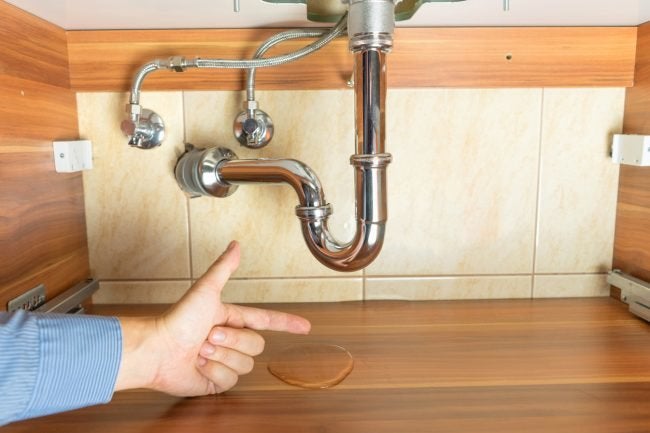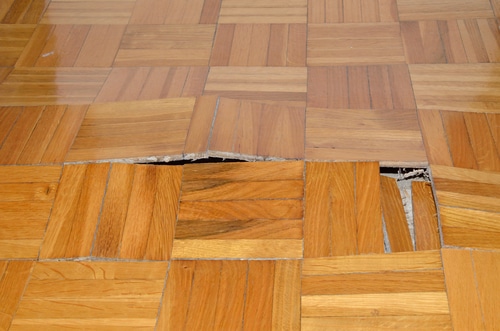6 Ways to Locate Concealed Water Leaks in Your Residence
6 Ways to Locate Concealed Water Leaks in Your Residence
Blog Article
Just about everyone is bound to have their own individual theory on the subject of Finding hidden leaks.

Early detection of dripping water lines can mitigate a possible disaster. In addition to conserving you money, it will decrease the worry and also aggravation. The moment you discover a leak, calling your plumber for fixings is the best service. Some tiny water leakages may not be visible. Here are some hacks that help if you can not find it with your naked eyes.
1. Take A Look At the Water Meter
Every residence has a water meter. Inspecting it is a surefire manner in which aids you uncover leakages. For beginners, switch off all the water resources. Make certain nobody will certainly purge, make use of the faucet, shower, run the cleaning machine or dishwashing machine. From there, most likely to the meter and also watch if it will certainly transform. Since nobody is using it, there should be no movements. That suggests a fast-moving leak if it moves. Also, if you identify no changes, wait a hr or two and inspect back once again. This suggests you might have a slow leakage that can even be below ground.
2. Examine Water Consumption
Evaluate your water expenses and track your water usage. As the one paying it, you need to discover if there are any kind of discrepancies. If you detect sudden changes, regardless of your consumption coinciding, it means that you have leakages in your plumbing system. Remember, your water costs should drop under the same range monthly. A sudden spike in your expense shows a fast-moving leakage.
On the other hand, a steady boost every month, despite having the same practices, reveals you have a sluggish leak that's also gradually escalating. Call a plumber to thoroughly inspect your residential or commercial property, particularly if you really feel a warm location on your floor with piping underneath.
3. Do a Food Coloring Examination
30% comes from commodes when it comes to water consumption. Test to see if they are running appropriately. Decrease specks of food color in the container and also wait 10 minutes. There's a leak in between the container and also bowl if the color in some way infiltrates your dish throughout that time without flushing.
4. Asses Exterior Lines
Do not fail to remember to examine your outside water lines also. Needs to water seep out of the connection, you have a loose rubber gasket. One little leakage can waste lots of water as well as increase your water expense.
5. Evaluate and also Analyze the Situation
House owners need to make it a habit to examine under the sink counters as well as also inside cabinets for any kind of bad odor or mold and mildew growth. These two warnings suggest a leak so punctual focus is required. Doing regular assessments, even bi-annually, can conserve you from a significant issue.
Much more importantly, if you know your house is currently old, maintain a watchful eye on your heaters, hose pipes, pipes and so on. Check for stainings and also damaging as many pipelines and also appliances have a life expectancy. They will also naturally degrade due to wear and tear. Do not wait for it to escalate if you presume leaking water lines in your plumbing system. Call an expert plumber right away so you do not end up with a horrible mess in your house.
Early discovery of dripping water lines can mitigate a potential calamity. Some tiny water leakages might not be visible. Checking it is a proven way that helps you discover leakages. One tiny leakage can throw away tons of water and also increase your water expense.
If you believe leaking water lines in your plumbing system, don't wait for it to escalate.
WARNING SIGNS OF WATER LEAKAGE BEHIND THE WALL
PERSISTENT MUSTY ODORS
As water slowly drips from a leaky pipe inside the wall, flooring and sheetrock stay damp and develop an odor similar to wet cardboard. It generates a musty smell that can help you find hidden leaks.
MOLD IN UNUSUAL AREAS
Mold usually grows in wet areas like kitchens, baths and laundry rooms. If you spot the stuff on walls or baseboards in other rooms of the house, it’s a good indicator of undetected water leaks.
STAINS THAT GROW
When mold thrives around a leaky pipe, it sometimes takes hold on the inside surface of the affected wall. A growing stain on otherwise clean sheetrock is often your sign of a hidden plumbing problem.
PEELING OR BUBBLING WALLPAPER / PAINT
This clue is easy to miss in rooms that don’t get much use. When you see wallpaper separating along seams or paint bubbling or flaking off the wall, blame sheetrock that stays wet because of an undetected leak.
BUCKLED CEILINGS AND STAINED FLOORS
If ceilings or floors in bathrooms, kitchens or laundry areas develop structural problems, don’t rule out constant damp inside the walls. Wet sheetrock can affect adjacent framing, flooring and ceilings.
https://www.servicemasterbyzaba.com/blog/how-to-detect-water-leakage-in-walls/

As a keen reader about Finding hidden leaks, I imagined sharing that piece of writing was a smart idea. Do you know someone else who is very much interested in the niche? Be sure promote it. I treasure reading our article about Locating water leaks.
Report this page